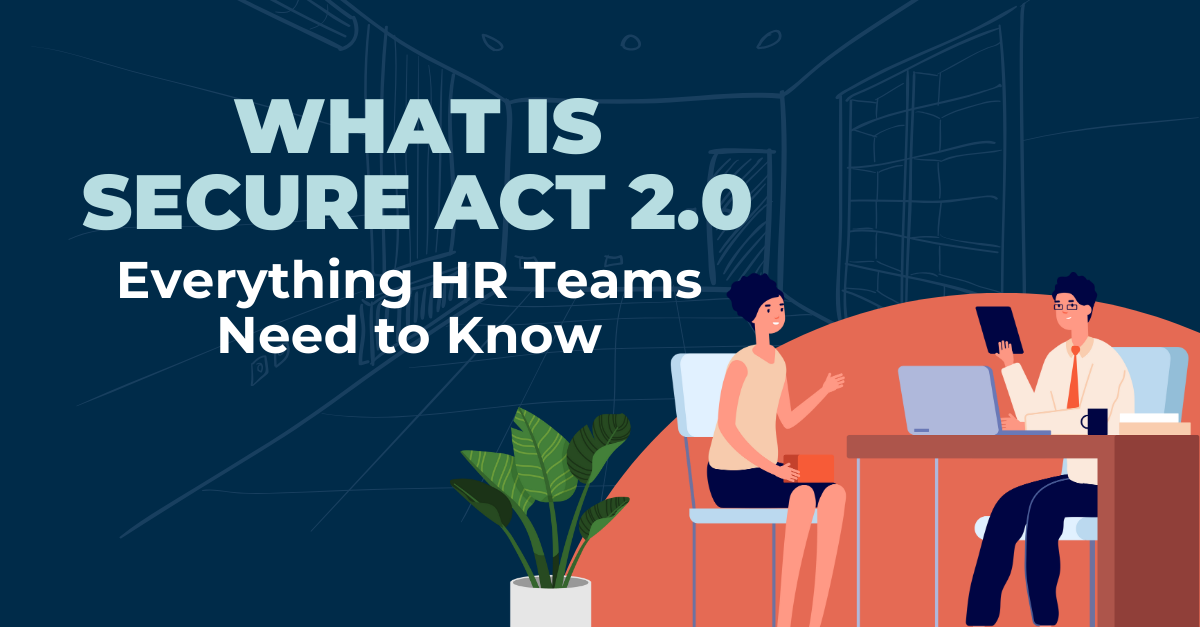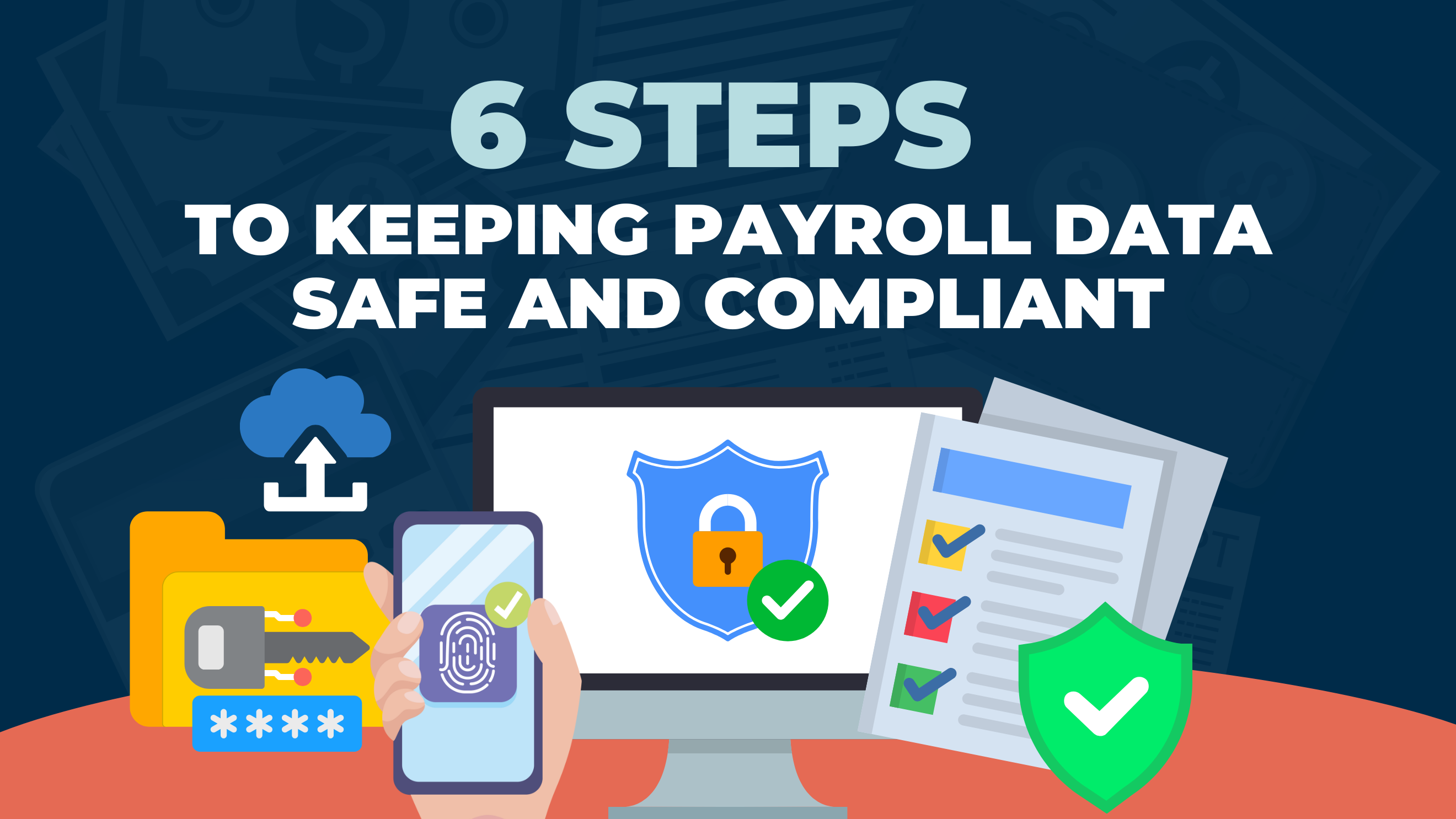CSV and Consequences: The High Cost of Low-Tech Payroll
Why Spreadsheets Are Still the Weakest Link in Payroll
The digital age swept into HR and finance years ago, but strangely, payroll departments are still largely stuck in the past. For all the talk about innovation, millions of payroll administrators are still relying on the same clunky spreadsheets and CSV files they did decades ago.
Here’s what it looks like in action: Every pay cycle, finance and HR teams repeat the same routine—export payroll data, attach it to an email or upload it to an SFTP and pray it arrives clean on the other side. On the surface, it’s just another manual task in a long list of admin duties. Underneath? It’s a patchwork system that routinely exposes companies to operational risk, regulatory fines and cybersecurity threats.
Spreadsheets weren’t built for this kind of responsibility. And yet they remain embedded in workflows where the cost of error can be measured in lawsuits, lost talent and reputational damage.
So what exactly is hiding beneath this familiar habit? In the sections below, we unpack the three hidden risks that come with relying on manual payroll data transfers—and why it’s time to retire the spreadsheet for good.
Hidden Risk #1: Small Mistakes, Big Costs
Spreadsheet-based payroll processes are surprisingly fragile. Ernst & Young found that more than half of global employees have suffered payroll errors, with 40% encountering issues within the last year alone. On average, fixing each blunder costs businesses around $291—but the real expense runs far deeper.

Just one misplaced digit can set off a chain reaction: recalculating wages, reissuing checks and even correcting taxes. In short, companies pay threefold for every slip-up: first in correcting the immediate error, second in administrative labor, and third in diminished employee trust
Read More from Payroll Integrations: How to Simplify HR Operations
Hidden Risk #2: Compliance Fines That Compound Like Interest
Payroll used to be viewed as a routine, paperwork-heavy task with minimal oversight. Those days are over. The U.S. Department of Labor’s Wage & Hour Division recovered a staggering $149 million in unpaid wages last year alone. Notably, enforcement often targets poor record-keeping rather than outright fraud.

When payroll data jumps around via spreadsheets, the crucial "chain-of-custody" breaks down. Regulators interpret this broken audit trail as a sign of poor governance.
Suddenly, what seemed like minor clerical oversights morph into hefty penalties, fines and increased regulatory scrutiny—expenses that compound over time like a relentless interest rate.
Hidden Risk #3: Cybersecurity’s Soft Underbelly
Hackers follow the path of least resistance; right now that path is an exported spreadsheet. Payroll files yield prime information for hackers: they bundle names, Social Security numbers, bank details and salaries in a single package.
For example, when third-party employment-screening firm DISA Global Solutions disclosed a breach this spring, the personal data of 3.3 million people was swept up. Weeks later, a ransomware gang struck procurement service Chain IQ, leaking information tied to more than 130,000 UBS employees onto the darknet.
Security experts note that many breaches begin with files emailed between HR and finance or parked on shared drives.
We unpack the anatomy of these hits in Payroll Security: 6 Simple Steps to Keep Your Data Secure and Compliant. Key takeaway: encrypted APIs lower attack surface area by 98 %.
Beyond Spreadsheets: Moving to APIs
Companies cling to spreadsheets, mistakenly assuming modernizing payroll processes will be costly or complex. It’s neither. Transitioning to Unified APIs—secure digital bridges between payroll and other business systems—is both straightforward and essential.
Read More: What Is a Payroll API
For the uninitiated, APIs essentially act as digital couriers that safely ferry data from one secure location to another without manual intervention. The automation and encryption inherent in APIs mean fewer errors, reduced human oversight and dramatically improved compliance.
Read More from Payroll Integrations: How to Simplify HR Operations
Instead of risky manual exports, APIs drastically reduce errors and cybersecurity threats. The transition doesn't demand massive upheaval—just practical swaps: CSV files for APIs, insecure passwords for secure tokens and fragmented logs for transparent, immutable ledgers.
Below is our 5 step roadmap for retiring manual payroll transfers once and for all:
Ready to future-proof your payroll? Contact our team today and learn how payroll integration can streamline your operations, eliminate costly errors, and protect your most sensitive data. Make the change now—before your spreadsheet habit becomes tomorrow’s headline.

%20Recordkeeper.png)
